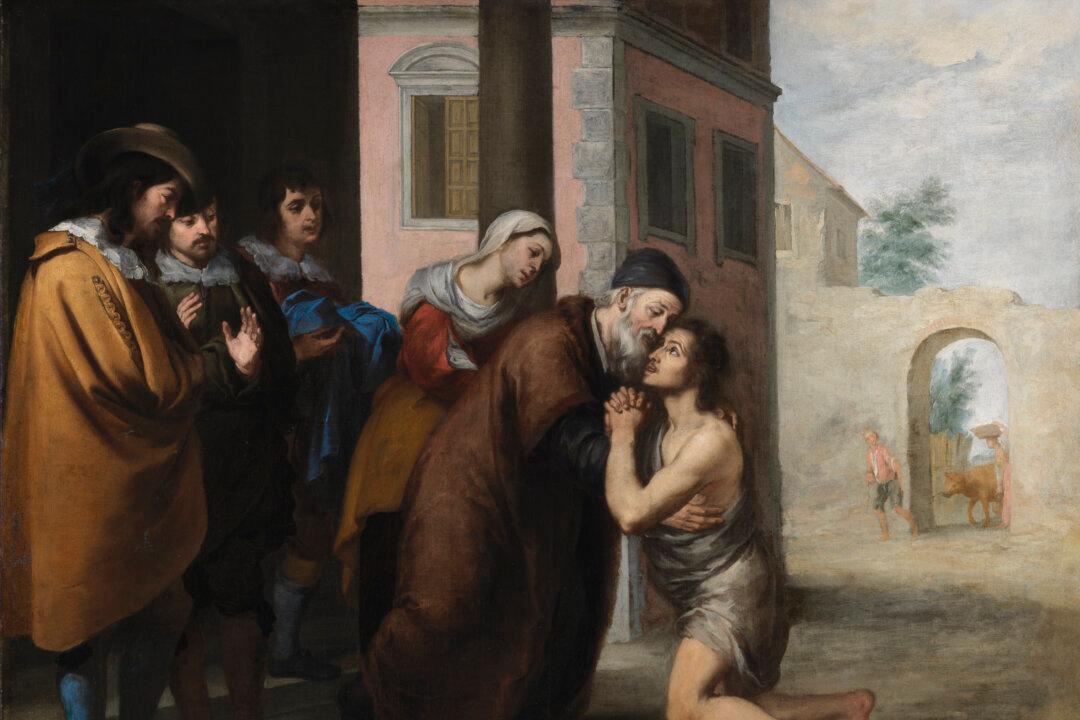Sin, repentance, and forgiveness all play out in the parable of the Prodigal Son, the most illustrated biblical parable in Western art.
In 17th-century Spain, single biblical scenes, such as the reformed son returning home to his forgiving father, were more commonly seen than a series of narrative paintings telling a story. Not until the 1660s did Spanish art see the Prodigal Son story illustrated in its entirety when celebrated artist Bartolomé Esteban Murillo painted an ambitious series of six narrative paintings.






